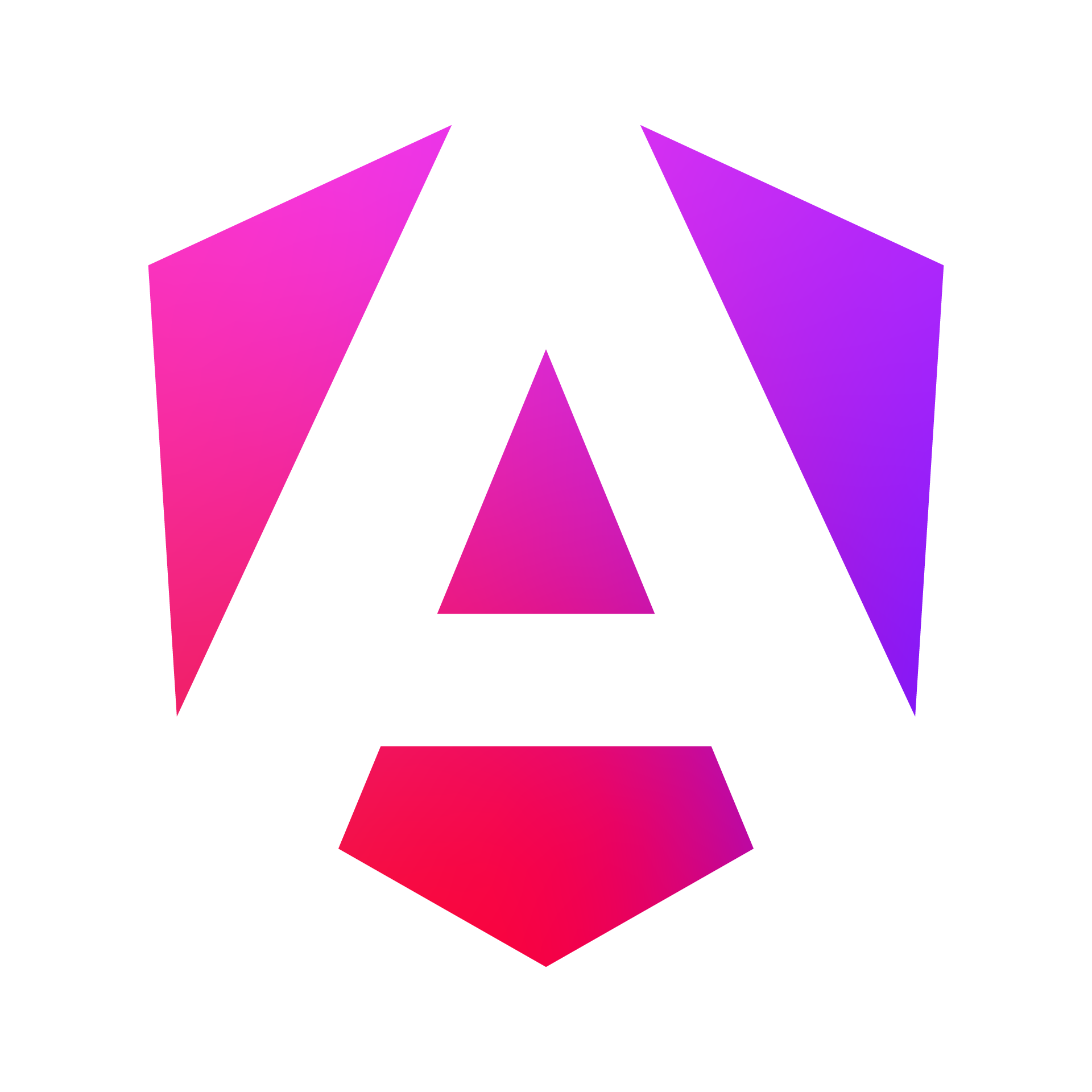The angular-package supports the development process of angular-based applications in varied ways through the thoughtful, reusable, easy-to-use small pieces of code called packages.
Detection in property on change to improve application performance.
[![npm version][detection-npm-badge-svg]][detection-npm-badge]
The package is free to use. If you enjoy it, please consider donating via fiat, Revolut platform or cryptocurrency the @angular-package for further development. ♥
Feel free to submit a pull request. Help is always appreciated.
This package was generated by the skeleton workspace with Angular CLI version 14.2.0.
Copy this package to the packages/detection folder of the skeleton workspace then run the commands below.
Run ng generate component component-name --project detection to generate a new component. You can also use ng generate directive|pipe|service|class|guard|interface|enum|module --project detection.
Note: Don't forget to add
--project detectionor else it will be added to the default project in yourangular.jsonfile.
Run ng build detection to build the project. The build artifacts will be stored in the dist/ directory.
After building your library with ng build detection, go to the dist folder cd dist/detection and run npm publish.
Run ng test detection to execute the unit tests via Karma.
To get more help on the Angular CLI use ng help or go check out the Angular CLI Overview and Command Reference page.
The documentation is in construction and it's available at https://docs.angular-package.dev/v/detection
To read it, click on the CHANGELOG.md link.
Given a version number MAJOR.MINOR.PATCH, increment the:
- MAJOR version when you make incompatible API changes,
- MINOR version when you add functionality in a backwards-compatible manner, and
- PATCH version when you make backwards-compatible bug fixes.
Additional labels for pre-release and build metadata are available as extensions to the MAJOR.MINOR.PATCH format.
FAQ How should I deal with revisions in the 0.y.z initial development phase?
The simplest thing to do is start your initial development release at 0.1.0 and then increment the minor version for each subsequent release.
How do I know when to release 1.0.0?
If your software is being used in production, it should probably already be 1.0.0. If you have a stable API on which users have come to depend, you should be 1.0.0. If you’re worrying a lot about backwards compatibility, you should probably already be 1.0.0.
MIT © angular-package (license)
Useful and simple to use packages.
| Package | Description | Status |
|---|---|---|
| callback | Manages the callback [function][js-function]. |
 |
| change-detection | Improves application performance. |  |
| component-loader | Handles dynamic loading components. |  |
| core | Core features. |  |
| error | Manages an [Error][js-error]. |
 |
| indexeddb | Wrapper to IndexedDB client-side storage. |  |
| name | The name with prefix and suffix. |  |
| preferences | Preferences, settings, options, configuration and setup in steps. |  |
| prism | [Prism][prism-js] highlighter module. |
 |
| property | Handles object properties. |  |
| range | The range between a minimum and maximum. |  |
| reactive | Automatize the process of creating some rxjs features. |  |
| sass | Extension for sass modules and new modules. |  |
| sass-list | Modified list Sass module. |  |
| sass-string | Modified string Sass module. |  |
| spectre.css | Modified Spectre.css - a lightweight, responsive, and modern CSS framework originally designed by Yan Zhu. |  |
| storage | The storage of data under allowed names. |  |
| tag | Any tag with optional attributes. |  |
| testing | Support for testing other packages. |  |
| text | Text on the template with replaceable tags. |  |
| type | Common types, type guards, and type checkers. |  |
| ui | User interface. |  |
| wrapper | Wrap the text with the opening and closing chars. |  |









